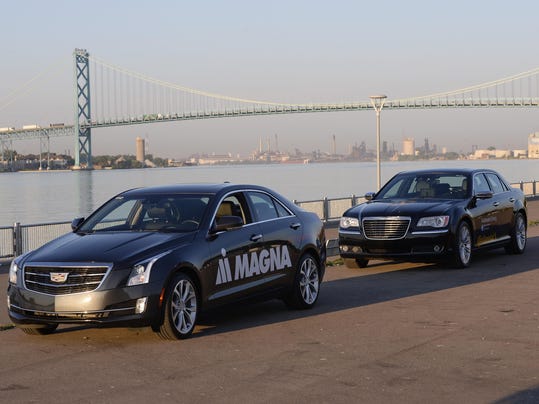This document was useful, I think people were looking for this in other threads discussing the different levels.
However, I did notice in the document it says that L3 does disengage on page 20:
"• Disengages an appropriate time after issuing a request to intervene
• Disengages immediately upon driver request"
SAE doesn't seem to use "handover" in its terminology. Rather it talks about "request to intervene", and disengagement happens after request to intervene. So SAE's document seems to match @EinSV's characterization. The "handover" is a valid disengagement event, even under L3 (and SAE covers both cases, where driver manually disengages or the system disengages after the timer expires).
It doesn't match his characterization at all though.
I have always said that a Level 3+ system never immediately disengages by it self. He is saying it does disengage immediately by itself.
Since we are talking about "disengagement" as refereed to in the CA DMV regulations, then a level 3+ car doesn't do that. It however hands over the control of the car when the driver either takes over or when it request for the driver to take over after giving them adequate time.
This contrasts the CA DMV definition of disengagement. Its not that the DMV is wrong its that the CA DMV regulation is for test cars which are NOT L3 and only L2 and which all immediately disengage. The SAE document however is not referring to test cars but actual designated level cars.
CA DMV disengagement statement include immediate events induced by the system and like i said "there are no system induced immediate disengagement in a Level 3+ car, these are system failures."
Handover is NOT a valid disengagement event as characterized by the CA DMV regulations as it describe an immediate disengagement event based solely on safety reasons. In the SAE however handover happen for other reasons and are not immediate in L3 cars.
The word "disengage" is a blanket word which has completely two different meanings in the SAE document versus the CA DMV rules.
One is talking about deployed cars while one is talking about test cars.
The SAE matches my statements 100%. Also request to intervene = handover, its a more appropriate term the industry uses than to say "request to intervene".
Probably talking about this:
"When in doubt, however, the CT6 defers to analog driving. For long stretches between New York’s Cadillac House and Washington, on pristine sections of the New Jersey Turnpike, the system stubbornly declined to launch. "
Cadillac Finally Has an Answer to Tesla’s Autopilot
Yeah but that's one article...
Last edited:







